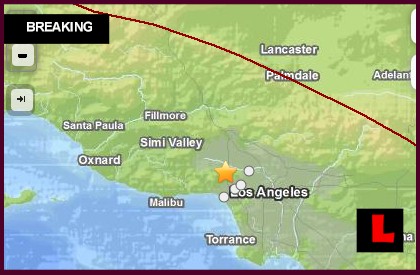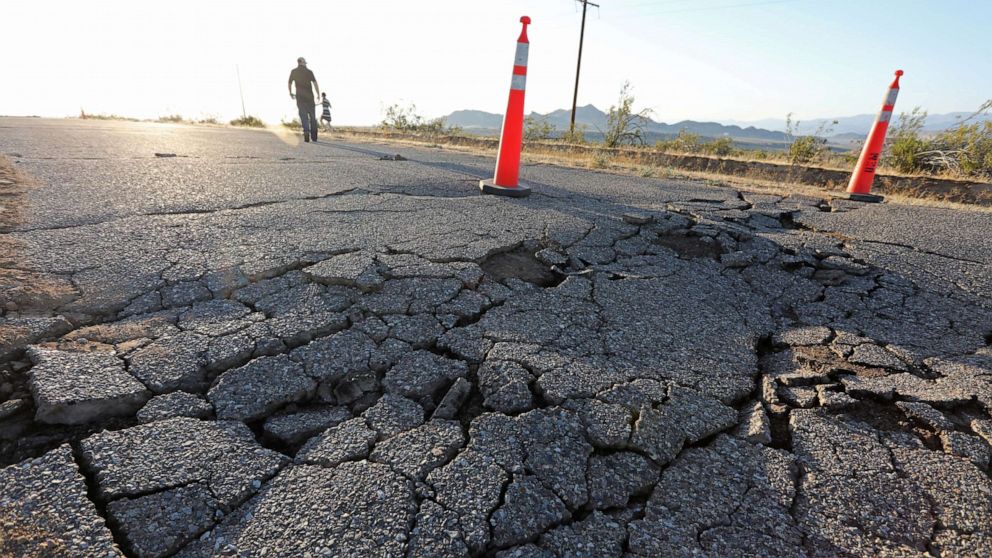
On the other hand, earthquakes occurring during periods of heavy rain can produce destructive and life threatening slurry-like debris flows that originate on the steep slopes and gullies of the many rugged mountain areas and can flow into adjacent communities. Lucy Jones.įires may spread quickly in densely-built neighborhoods, enabling them to sustain for long periods, spread over large areas and, due to broken water pipes and the number of ignitions, simply overwhelm the abilities of firefighters to control them. Much more can still be learned in preparing for such a large earthquake! The Scenario is a product of the United States Geological Survey, Multi-Hazard Demonstration Project, led by Dr. Good news: Preparing now will give you confidence that you and your family will stay safe where the earth shakes.ĭesigned for the original ShakeOut in 2008, the ShakeOut Scenario portrays a magnitude 7.8 earthquake along the southern San Andreas fault.

Government assistance may not be available or not enough to replace your damaged belongings or repair your home.

Fire and police departments will be dealing with the most serious situations and may be unable to respond quickly to issues in your community. These earthquakes will disrupt services like electricity, water and sewer, and may limit access in and out of the region.

If you live in southern California, one or more of these faults is probably near you. There are over a hundred other active faults in the region that can produce smaller earthquakes like the 1994 Northridge earthquake. That earthquake will disrupt the whole region but is not our only problem. This article is compiled from published Times reports and the USGS ShakeOut earthquake scenario.Those living in southern California love our mountains, but how many know the mountains are there because of the San Andreas fault? This fault slices through Los Angeles County along the north side of the San Gabriel mountains and will create the biggest earthquakes – as big as magnitude 8. It could take up to six months for many people to start getting back to normal. The interstate freeways are likely to have reopened, and most people’s utilities will be back on, though tap water may need to be boiled. Up to a month after the earthquake, some damaged roads and bridges could still be out. Hospitals could be overwhelmed and short on supplies, in addition to dealing with damage of their own. Putting out fires could take that long or longer. Rescues of people from damaged buildings could go on for three or more days. In areas that sustain significant damage, many people would be camping outdoors. If the Big One on the San Andreas fault is the main shock, it could be followed by large aftershocks (or preceded by foreshocks) at any time, killing and injuring more people and causing more damage.Ī day or so after the shaking, it is possible that water, sewer, electricity and gas service will remain out for people in the areas affected by the worst shaking, the ShakeOut scenario posits. Remember the Ridgecrest earthquake on July 4, 2019? It was a foreshock - followed the next day by a larger quake. It may be easier to send and receive text messages. Call volume will be high right after a major quake, leading to outages as well. The damage could add up to $200 billion, the ShakeOut scenario estimates.Ĭommunications networks, including internet and cellphone service, could be disrupted for days or longer if telecommunications lines are severed and if electricity is out. Up to 1 million people could be displaced from their homes. You may occasionally receive promotional content from the Los Angeles Times.


 0 kommentar(er)
0 kommentar(er)
